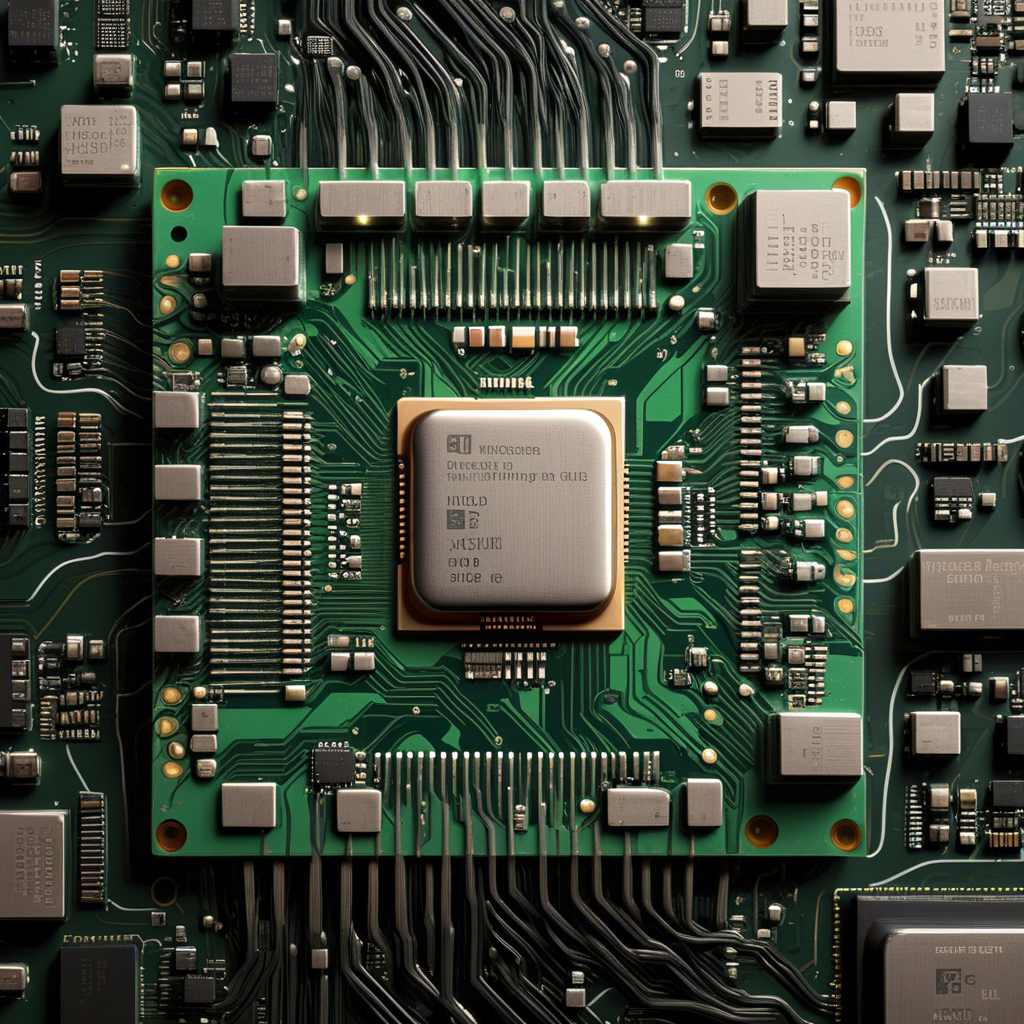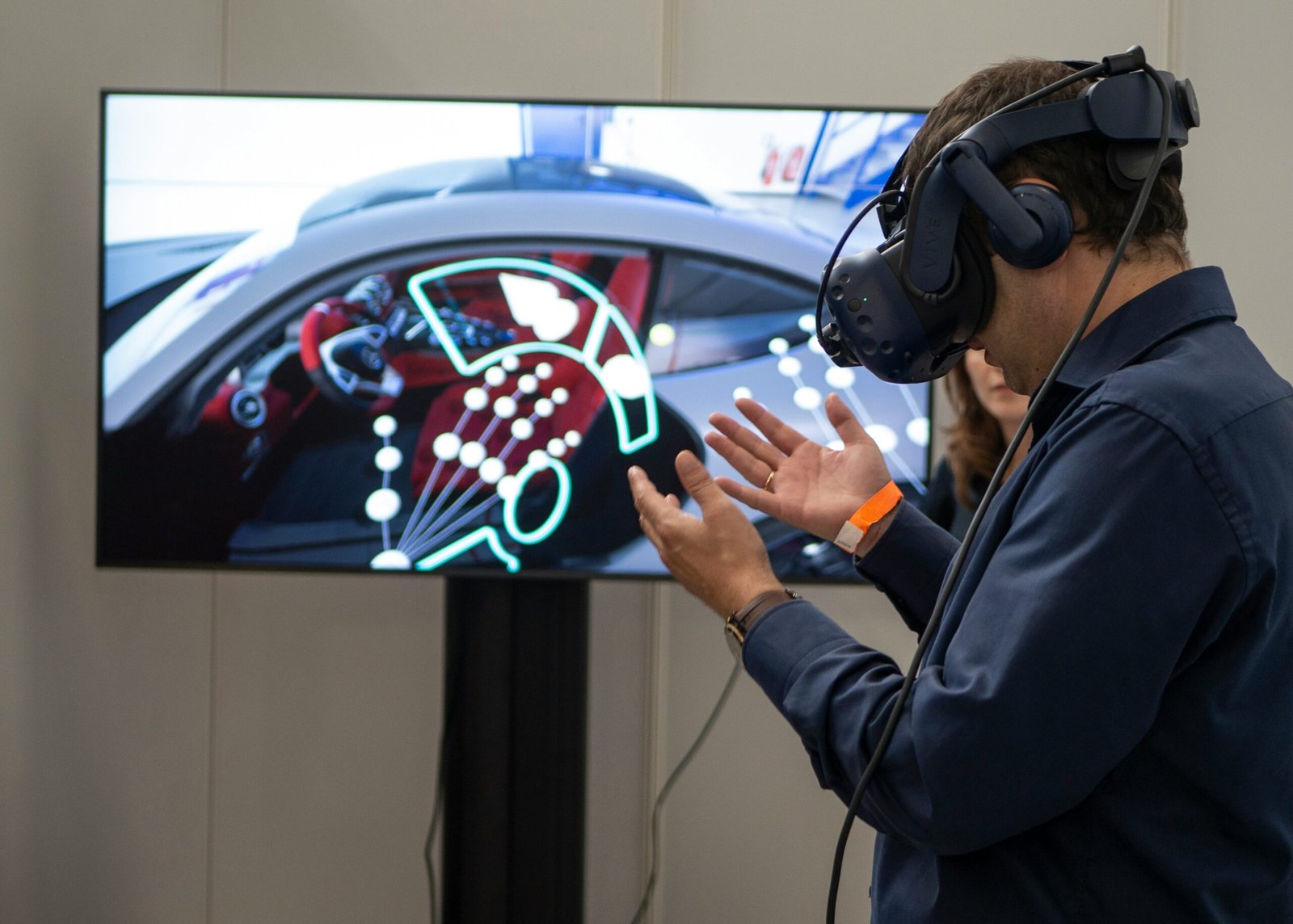The microprocessor, a central processing unit (CPU) that contains the entire processing system of a computer on a single chip of silicon, has undergone significant transformations since its inception in the early 1970s. From humble beginnings to the present day, microprocessors have evolved at an incredible pace, driven by advances in technology, changing market demands, and innovative designs. In this article, we will delve into the history of microprocessors, examine the current state of the industry, and explore the exciting developments that are shaping the future of these tiny but mighty chips.
The Early Years: 1971-1980
The first microprocessor, the Intel 4004, was released in 1971 by Intel Corporation. This 4-bit processor had a clock speed of 740 kHz and was designed for use in calculators. The 4004 was a groundbreaking innovation, as it integrated all the components of a computer’s central processing unit (CPU) onto a single chip of silicon. The success of the 4004 led to the development of more powerful microprocessors, including the 8-bit Intel 8080, which was released in 1974 and became the industry standard for personal computers.
The 8-Bit Era: 1980-1990
The 1980s saw the rise of the 8-bit microprocessor, with the introduction of the Zilog Z80, the Motorola 6800, and the Intel 8085. These processors powered the first generation of personal computers, including the Apple II and the Commodore 64. The 8-bit era was marked by significant improvements in clock speed, memory capacity, and instruction set architecture.
The 16-Bit and 32-Bit Eras: 1990-2000
The 1990s witnessed the transition to 16-bit and 32-bit microprocessors, with the introduction of the Intel 80286, the Motorola 68020, and the Sun Microsystems SPARC. These processors enabled the development of more powerful and feature-rich computers, including the IBM PC and the Sun Workstation. The 32-bit era saw significant advances in CPU design, including the introduction of pipelining, cache memory, and instruction-level parallelism.
The 64-Bit Era: 2000-Present
The 21st century has seen the widespread adoption of 64-bit microprocessors, with the introduction of the AMD Opteron and the Intel Core 2. These processors have enabled the development of high-performance computing systems, including servers, data centers, and supercomputers. The 64-bit era has also seen significant advances in CPU design, including the introduction of multi-core processing, simultaneous multithreading, and heterogeneous system architectures.
Current Trends and Developments
The microprocessor industry is currently undergoing significant changes, driven by advances in technology and changing market demands. Some of the current trends and developments include:
- Artificial Intelligence and Machine Learning: The increasing demand for AI and ML workloads has led to the development of specialized processors, including graphics processing units (GPUs) and tensor processing units (TPUs).
- Internet of Things (IoT): The growing demand for IoT devices has led to the development of low-power, low-cost microprocessors that can be used in a wide range of applications, from smart home devices to autonomous vehicles.
- 5G and Edge Computing: The rollout of 5G networks has led to the development of edge computing systems, which require high-performance, low-latency microprocessors to process data in real-time.
- Quantum Computing: The development of quantum computing systems has led to the creation of new types of microprocessors, including quantum processing units (QPUs) and quantum gate arrays.
Future Developments and Challenges
The future of microprocessors is exciting and uncertain, with significant challenges and opportunities on the horizon. Some of the future developments and challenges include:
- Moore’s Law: The slowing down of Moore’s Law, which states that the number of transistors on a microchip doubles every two years, has led to significant challenges in scaling microprocessors.
- Power Consumption: The increasing demand for low-power, high-performance microprocessors has led to significant challenges in reducing power consumption while maintaining performance.
- Heterogeneous System Architectures: The increasing demand for heterogeneous system architectures, which combine different types of processors and accelerators, has led to significant challenges in designing and optimizing these systems.
- Emerging Technologies: The development of emerging technologies, including quantum computing, neuromorphic computing, and photonic computing, has led to significant opportunities for innovation and disruption in the microprocessor industry.
In conclusion, the evolution of microprocessors has been a remarkable journey, marked by significant advances in technology, changing market demands, and innovative designs. As we look to the future, we can expect significant challenges and opportunities, driven by the need for low-power, high-performance microprocessors that can enable the next generation of computing systems.


